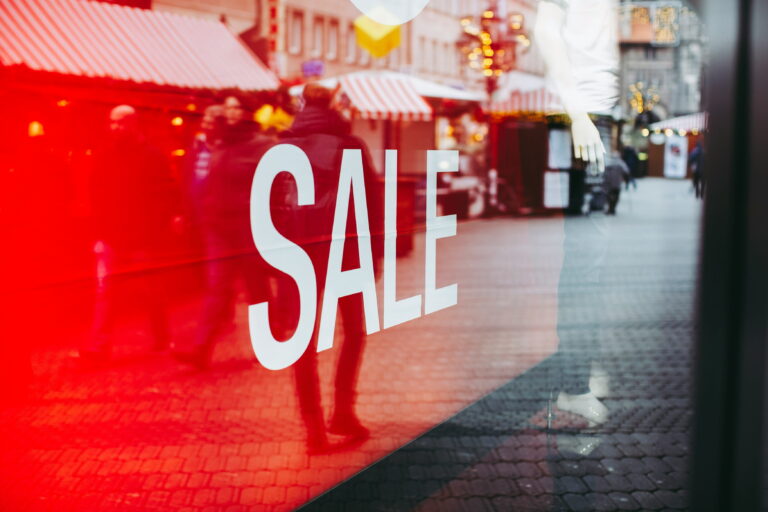The phrase ‘data protection audit’ often evokes feelings of dread, foreboding, and uncomfortable interrogations. Some might imagine the process to be a lengthy, boring, and intrusive endeavour involving a visit from some men in suits ready to interrogate your organisation about where it’s going wrong. This lack of warmth can make the eventual meeting feel even more daunting, like an exposure of the failings of your department, company, or organisation in stark detail.
In most instances, however, this isn’t the reality. In our case, we take an approach to data protection audits that prioritises clarity, communication, and of course, results.
Why data protection audits are beneficial
Firstly, it’s important to note what makes an audit so vital for an organisation’s data protection compliance, and specifically, how an external audit can best benefit your organisation.
While often seen as a necessary evil, audits are crucial for ensuring your data protection and GDPR policies and procedures are not only compliant but also align with your organisational standards. They can promote quality improvements across your departments, enhance accountability—a key principle under UK GDPR—and reinforce a company’s trust and reliability.
Outsourcing this task to an external provider is usually the most favourable option due to its cost-effectiveness and flexible nature. Not only does an external audit save money otherwise spent on hiring an in-house team, but it frees you up to focus on your organisation’s core responsibilities. For a lower cost and less commitment, you can have your organisation’s data protection compliance reviewed by a team of experienced professionals, with only minimal time needed from your staff.

How we approach a data protection audit
For us at DPAS, we find that a warmer and more “human” approach is the best way to go. We put an emphasis on communication, clarity, and thoroughness, to ensure that everybody feels well informed and respected. We’re not here to catch you out or be judgemental about any gaps you may not have noticed. Bottom line: we’re here to help.
For the sake of transparency, we’ve listed below six key steps to the DPAS audit process, showcasing why our approach to an audit is the right one.
1. We establish relationships.
First, we arrange a meeting with the person/department who has requested the audit, as it’s good to kick things off by gaining an understanding of what has led them to pursue an audit in the first place. It also helps define some of the objectives for us and supports our understanding of the company, while also allowing us to develop a relationship with the person or company being audited. This first meeting is vital because once a relationship has been established, communication and information flows more easily, and everybody feels more comfortable.

2. We set clear expectations.
From the very beginning of the process, we’re explicit about the scope of the audit. Since DPAS audits focus on data protection compliance and best practice, we like to make it clear that we will not be examining other areas of the business or operations. We find that emphasising this narrow and specific focus helps alleviate some of the anxiety associated with audits. People tend to feel less attacked regarding their areas of responsibility when they know we won’t be scrutinising unrelated aspects, such as departmental spending on coffee, or the company’s sickness rates.
3. We gather information through a variety of means.
We mix up our approach to obtaining the information that we need to analyse for our report. When we’re conducting interviews, we find that it often puts people at ease if they have other members of staff with them, as it’s in everybody’s best interests if we all feel relaxed. Having familiar faces around works wonders for taking some of the anxiety out of the equation.
Surveys also work well for gathering information in our experience – for two reasons. Firstly, they can be anonymous, and secondly, they may help shape some of the questions we ask or areas we need to investigate more deeply. We also organise all relevant documents methodically and establish a way to identify good points, areas for improvement and potential enhancements. However we gather the information we need, it’s always our top priority to ensure that everybody feels comfortable and listened to.
4. We speak to a diverse selection of roles and individuals.
Typically, only department heads or management leads are suggested, but by also speaking with those on the ground doing the work, we gain a broader understanding of everything we need to know. Their knowledge of data protection and their actions in the event of a data breach offer valuable insights into how well the company embeds its policies, disseminates information, and manages staff training. In our eyes, these voices can provide just as much value for our audits as we get from the “higher-ups”.

5. We ensure effective communication at all stages.
It’s important to us that team members feel that they are involved in the audit process, rather than it being something that’s been imposed on them. To achieve this, we place a huge importance on communication. When can you expect our final report? How long will it take us to review the material? We’re open about all of these details, so nobody is left wondering what stage we’re at, or how many days before they hear from us again. Throughout the audit process, we also arrange regular catch-up meetings with the person or department that requested the audit, so that they’re always in the loop.
6. We perform numerous quality checks.
It would be no good to anyone if we left them with a report so riddled with errors that it’s indecipherable, or missing crucial information that could make all the difference. For this reason, we utilise our entire team to conduct thorough quality assurance checks. Nothing is sent out the door without being rigorously reviewed again and again by our experts, ensuring that only reports of the highest standards reach our clients. When conducting something as detail focused as a data protection audit, quality, accuracy, and clarity are absolutely essential.
7. We follow up.
To finish off the process, we like to have follow-up meetings with the team to discuss the audit and report, tying up any loose ends and ensuring that everybody knows what their responsibilities are. If we provided some remedial advice that nobody understood, we’d want to know about it! There’s no better way to wrap up the audit than with these final meetings. Only once we know that everything’s clear can we happily leave the team to it, knowing that their organisation’s compliance is in good hands.
How DPAS can help with a data protection audit
At DPAS, we understand that not everyone has experience interpreting law, and so may not have the resources or knowledge to effectively assess their organisation’s compliance themselves. That’s what we’re here for – we help people understand their data protection responsibilities and navigate these laws more easily.
An audit can also help your organisation to build trust with employees, customers, and new prospects, aiding you in securing budget and promoting a healthy data protection culture among your staff.
Our consultancy team brings a wealth of experience from various sectors, providing us with both data protection expertise and a solution-focused approach tailored to real-life challenges. This enables us to address the sometimes challenging work culture within your company and support broader changes.
We’ll help you to identify any compliance gaps, learn more about the strength of your data protection practices, and ensure a broad understanding of how to amend any potential risks.
Could your team benefit from an audit?
Click to learn more about our audit services.
We also provide a range of training courses, including one on Auditing Data Protection Compliance.
If you need our support, we’ll provide it. Get in touch with one of our experts.
Written by Kristal Rocks






